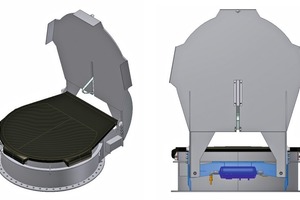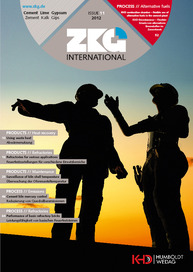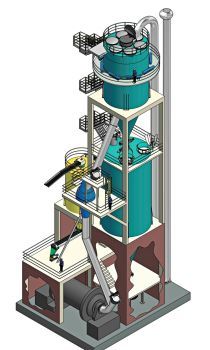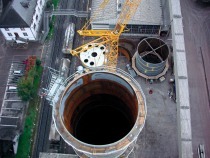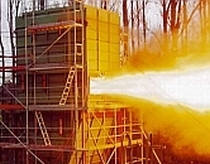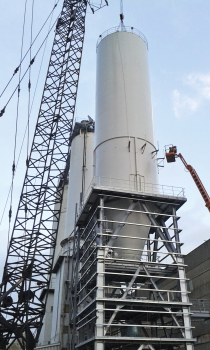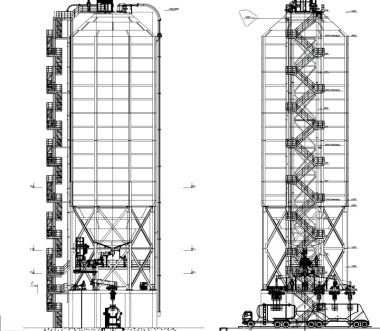Carbon fibre instead of steel plates:
New explosion vent from Thorwesten Vent
New explosion vent from Thorwesten Vent
The basic idea of the project was to develop an explosion vent which thanks to its lightweight build made of carbon fibre has a highly noticable reduced weight as well as a reduced mass inertia – compared to their counterparts made of steel plate. Additionally the vent was supposed to be reusable, self-reclosing, airtight as well as able to work in a low temperature environment.
Before these eager goals could be achieved a couple of obstacles had to be mastered. One of many here was that the existing tools as well as the existing manufacturing methods did not lead to a result which could satisfy the engineers at Thorwesten Vent. Easiest solution to this problem? Invent new ones. And this is what they did: the engineers at Thorwesten Vent came up with new methods and tools to master building their ambitious project.
The engineers’ hard work resulted in an explosion vent with a massively reduced weight. At the same time the engineers were able to replace the standard retaining device – a spring wearing mechanism – with a pneumatics based retaining device system. This pneumatics based retaining device is continuously variable for every application. All in all the new system will be less prone to wear-out and will need less maintenance – therefore saving a lot of money.
What makes the new Thorwesten Vent product also a highlight is the way it was produced: By using an innovative construction method it was possible to work with two layers. The first (lower) layer is responsible for the UV and sun-ray protection whereas the second (upper) layer has a nano coating: Thanks to this every kind of abrasion, may it be dust or water, just pearls off of the vents top. This makes the new vent perfect the harsh conditions of the cement industry.
Another advantage in terms of harsh conditions: the new built-in radiator. The new radiator self-activates on temperatures as low as +4° Celsius and works in environments as low as -40° Celsius. It also keeps the lid of the vent constantly at +5° Celsius. While including the new radiator, the engineers also decided to give the cable management of the radiator a little makeover: The cables now work their way to the carbon fibre mats through a hollow axle, reducing the wear-out of the cables. And even with all these improvements regarding cable management as well as the radiator, there is no increase in weight.
The new explosion vent made of carbon fibre with its new retaining device and heating system is a more effective and safe solution for the constructional explosion protection. Every single measure made sure that the goal – 100 % efficiency – could be reached. Considering every aspect – be it safety, cost effectiveness, maintenance or weight – Thorwesten Vent delivered a product which is a step ahead of the industry standard and which underlines the company’s slogan: We provide for your safety!
www.thorwesten.com

